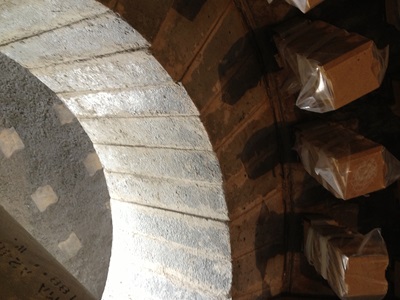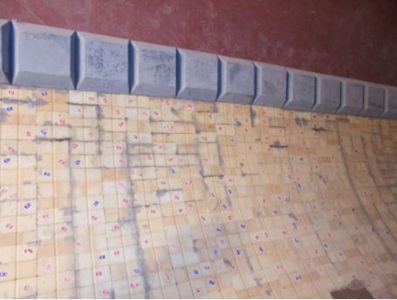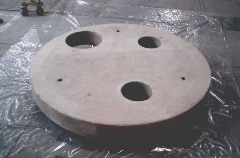Precast Shapes - Using Effectively
Articles
Types of Precast Shapes
Precast shapes provide fast refractory replacement in high wear zones. Resco Products will customize your precast shapes to fit your specific requirements. Our industry experts will evaluate your business processes and facility to recommend the best precast products. Resco’s precast shapes reduce heat loss, improved abrasion, erosion, thermal resistances and decreased slag penetration.
Leverage our engineering department to create 2D and 3D modeling of your precast shapes. Feel confident that your precast shape can endure the high temperatures and provide maximum performance.
Precast Refractory Applications
The largest volume of precast shapes is used in iron and steel production. These shapes include ladle bottoms, electric arc furnace deltas, ladle and tundish covers, and trough sections. In the general industry, common applications include burner blocks, rotary kiln heat exchange devices, rotary kiln tumblers, and hearth tile. Entire aluminum reverberatory furnaces have been constructed from precast shapes.
 |
 |
 |
| Precast Nose Shape | Precast for Aluminum Furnace | Precast Tumblers |
When should a precast shape be considered?
 The primary use of a precast shape is when a very large shape is advantageous for the construction. The most common benefit is when a large shape will reduce installation time and cost. A typical example of this is a ladle bottom. A precast ladle bottom can save significant labor costs when relining a steel mill ladle and can reduce inventory requirements of standard bricks. The same is true for a precast delta section of an electric arc furnace roof.
The primary use of a precast shape is when a very large shape is advantageous for the construction. The most common benefit is when a large shape will reduce installation time and cost. A typical example of this is a ladle bottom. A precast ladle bottom can save significant labor costs when relining a steel mill ladle and can reduce inventory requirements of standard bricks. The same is true for a precast delta section of an electric arc furnace roof.
Two examples of rotary kiln technology are refractory heat exchangers and tumbler shapes. When they were first employed, rotary kiln heat exchangers were constructed of numerous small, pressed brick shapes. It was not uncommon to spend 10 or more shifts to install brick heat exchangers. Prefabricated heat exchanger shapes can now be installed in a fraction of the time taking only a few shifts to complete.

Tumblers are used in rotary kilns to help mix the bed (charge) to improve heat exchange. Prior to using precast shapes, tumblers were either cast in place or constructed from brick shapes. Precast tumbler shapes are attached to the kiln shell giving excellent stability, and precast tumblers eliminate the need to dry-out a cast-in-place tumbler section.
In applications where mechanical stresses are placed on refractory materials, precast shapes with a very high content of metal fibers, such as MIGHTY FIBRE shapes, act like a refractory-metal composite. These special compositions maintain the appropriate refractoriness and also the needed tensile strength.
What are some concerns about using precast shapes?
A significant concern is the weight of the piece. An electric arc furnace delta may weigh over 7,000#. With cranes common in steel mills, this is normally not a problem. But where the shape must be transported inside a furnace, for example, a refractory heat exchanger shape for a rotary kiln, a 1500# shape can present a logistical challenge just to put it in place. Normally a way to move it inside the kiln has to be devised.
Removal of a large precast shape should also be considered prior to installation and incorporated into the design of the shape or construction. Some applications require the shapes to be anchored or bolted to the shell, for example, nose block shapes in a rotary kiln.
Precast Summary
Precast shape refractory applications continue to grow in the industry. The chief advantages are the reduction of cost and convenience of installation. Resco Products’ engineers are versed in the design of precast shapes and support three facilities devoted to the fabrication of precast shapes.
